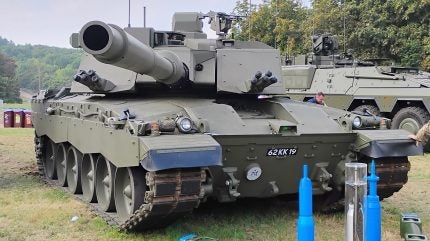
As the centrepiece for a slowly modernising British Army, the Challenger 3 main battle tank (MBT) is one of the most talked about programmes in the UK defence sector.
However; despite its importance, official imagery is scarce, with its showcase at the recent DVD 2024 event an opportunity to explore its angles.
Located in the off-road section of the DVD 2024 armoured event from 18-19 September 2024, the Challenger 3, which is effectively a heavily upgraded and modernised in-service Challenger 2 MBT, could represent the swansong for UK designed and manufactured heavy armour.
However, the Challenger 3 is also one of the first examples of a growing UK-German collaboration on defence programmes, with the Telford-based manufacturer RBSL formed as a joint venture from the UK’s BAE Systems and Germany’s Rheinmetall.
In May 2024, the platform conducted a range of main gun system firing exercises using different ammunition types.
Challenger 3: programme focus
In total, 148 Challenger 3 MBTs will be upgraded under an £800m+ ($1.06bn+) programme: two prototypes rolled off the RBSL factory production line in Telford this year with six additional prototype vehicles due to be delivered in the coming months.
Among key new features include a new ‘modular’ armour system, which in theory replaces the legacy Chobham ceramic armour, although most of the details are necessary classified for operational security purpose.
The Challenger 3 also features a new turret, which retains some of the distinct shapes of the Challenger 2 but includes improved day and night sights for the commander and gunner, and the Rheinmetall L55A1 120mm smoothbore gun that is being integrated into later models of the European Leopard 2 MBTs in service across the continent.
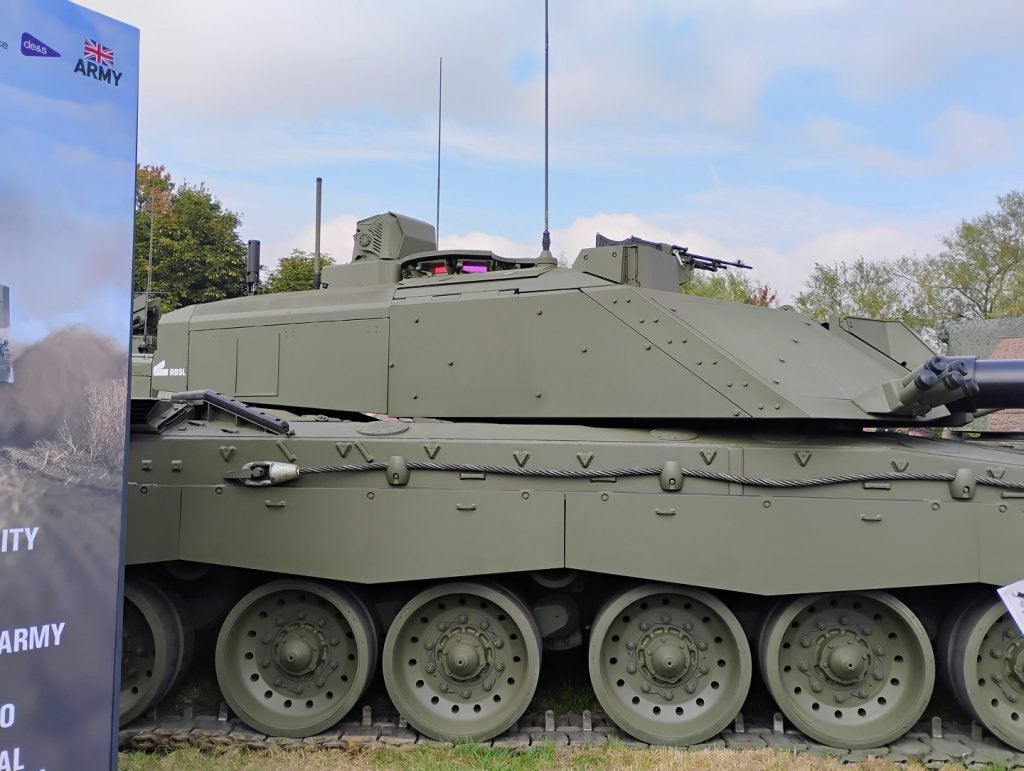
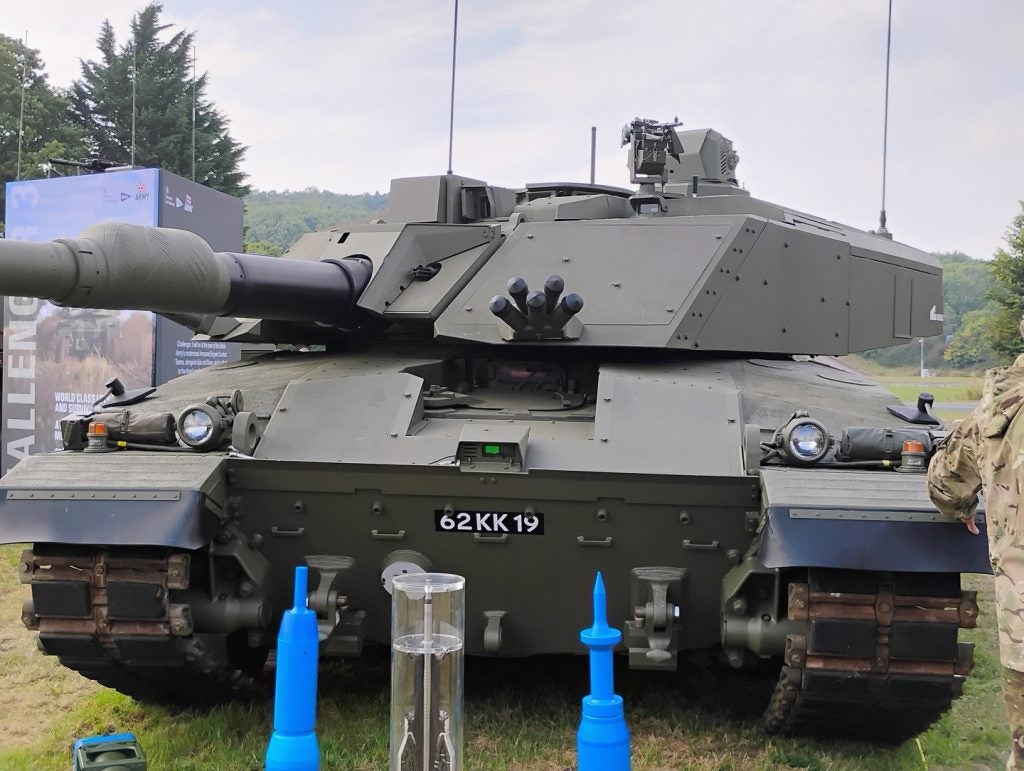
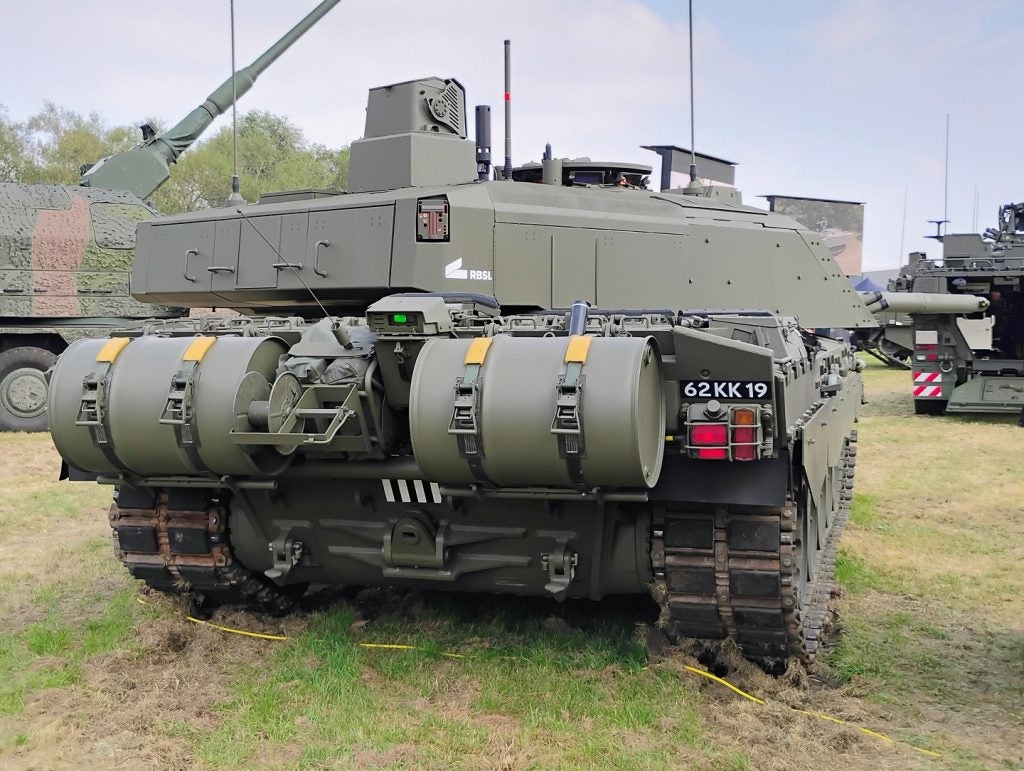
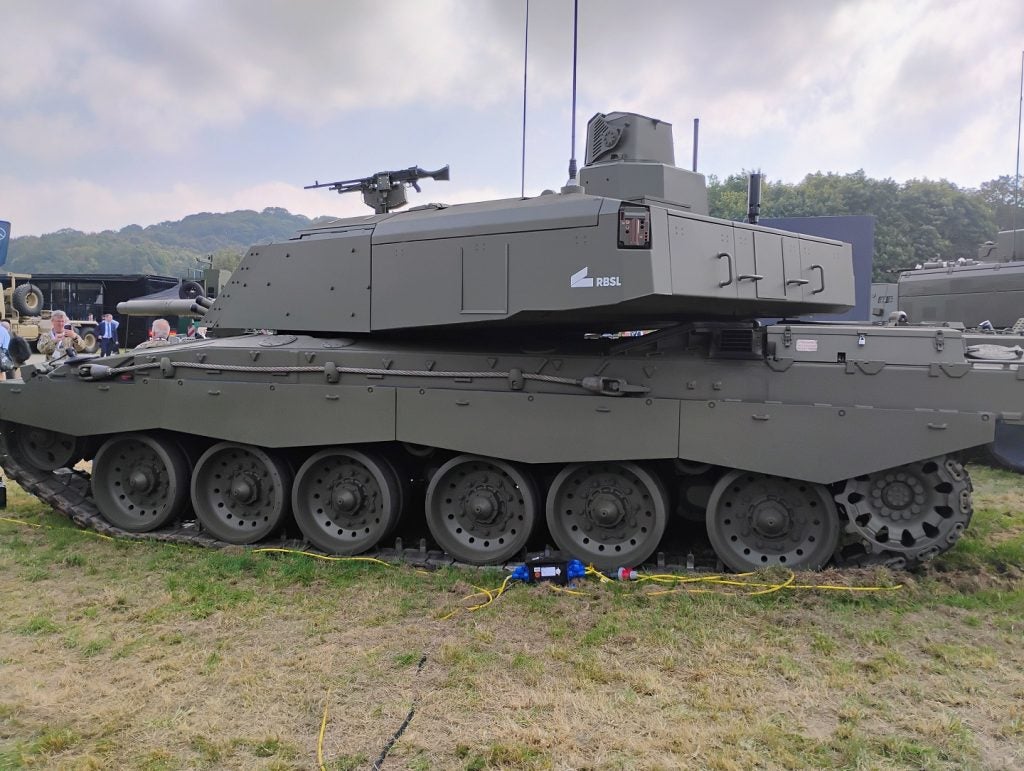
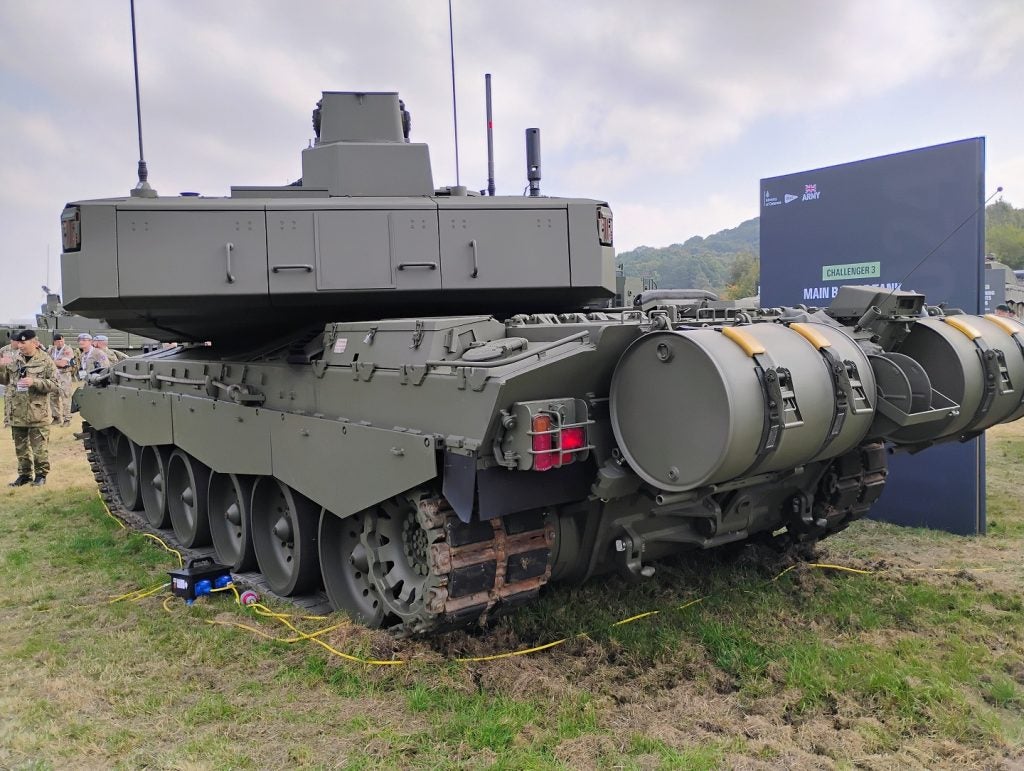
This allows for the use of new ammunition types, potentially pushing engagement ranges out to 5km, although the L55A1 does not feature a depleted uranium munition, which means the capability will now be removed from British Army service once the Challenger 2s are retired.
However, in April 2023 the UK signed an agreement with Germany to begin work on the next phase in the development of more lethal ammunition for the Challenger 3, with the UK MoD’s Defence Equipment and Support work on new armour-piercing tank ammunition centering on the Enhanced Kinetic Energy (EKE) round, intended to provide a “step change” to British Army lethality.
In order to reach the armour penetration levels reached by DU, Tungsten-derived rounds have to travel at higher speeds than existing tank ammunition, indicating a potential research path that the UK and Germany could be pursuing with the EKE capability.
The new turret also features a distinct nodule that houses some of the new sights and sensors, bearing some similarities to the layout of the British Army’s new Ajax armoured fighting vehicle.
What comes after Challenger 3?
As the Challenger 3 gradually enters service with the conversion of in-service Challenger 2 platforms, the British Army will be able to retain heavy armour capability for the next generation, with the new variant likely able to remain operational to around 2040.
By this time, it is likely that the UK would opt to join a wider European MBT development programme, such as the MGCS, or potentially whatever platform the US develops to replace the current M1A2 Abrams SEPv3.





